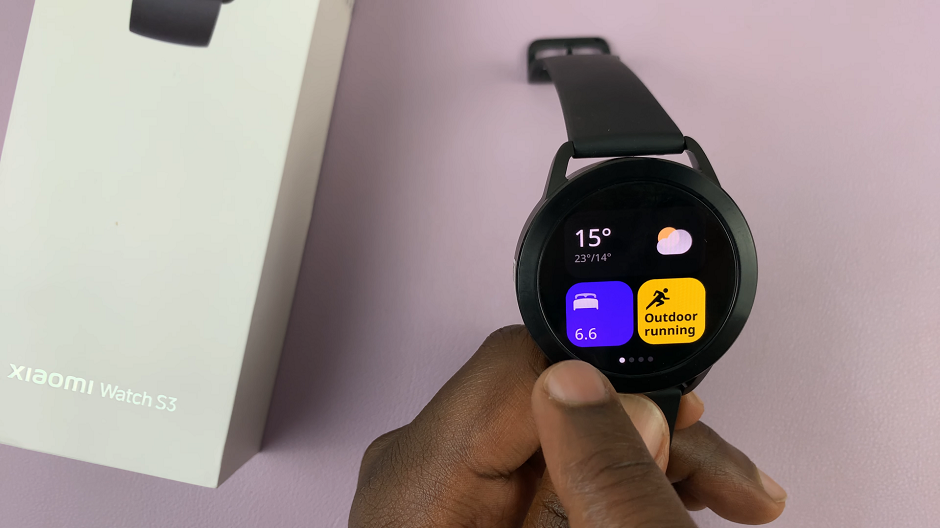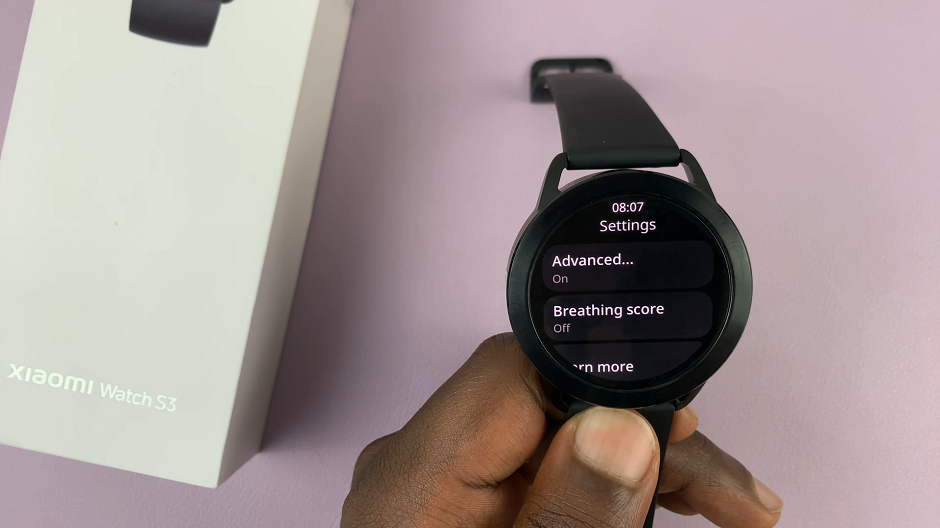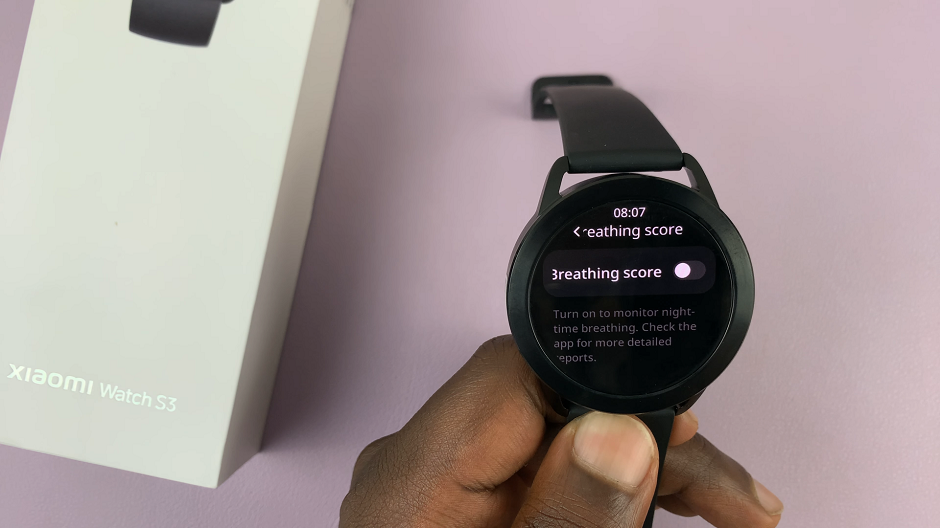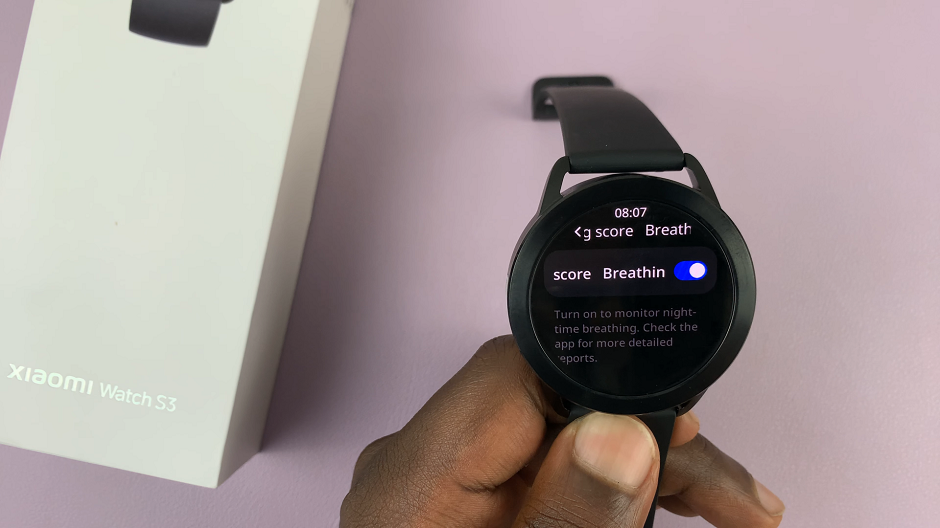In today’s fast-paced world, staying on top of our health has become more crucial than ever. With advancements in wearable technology, monitoring vital health metrics has become easier and more accessible.
One such innovation is the Xiaomi Watch S3, a smartwatch equipped with advanced features, including the ability to measure blood oxygen saturation levels during sleep.
In this article, we’ll delve into the importance of monitoring blood oxygen levels during sleep and provide a comprehensive guide on how to utilize this feature on the Xiaomi Watch S3.
Understanding Blood Oxygen Levels During Sleep
Blood oxygen saturation, often abbreviated as SpO2, refers to the percentage of oxygen bound to hemoglobin in the blood. This metric is a vital indicator of respiratory health and overall well-being. During sleep, our bodies undergo various physiological processes, including breathing patterns that can impact blood oxygen levels. Monitoring SpO2 during sleep can provide valuable insights into potential breathing irregularities such as sleep apnea, which can lead to serious health complications if left untreated.
The Xiaomi Watch S3 is more than just a stylish accessory; it’s a comprehensive health companion designed to empower users to take control of their wellness journey. With its sleek design and advanced features, including built-in sensors for heart rate monitoring, sleep tracking, and blood oxygen measurement, the Xiaomi Watch S3 offers unparalleled insights into your health metrics.
Watch: How To Stop Instagram From Sharing Your Posts To Facebook
Measure Blood Oxygen During Sleep On Xiaomi Watch S3
First, swipe left from your Xiaomi Watch S3 watch face to access the widgets. Swipe until you find the Sleep widget. It is represented by a blue icon with a bed on it. Tap on this widget to access it’s settings.

Under the sleep widget menu, scroll down until you find the Breathing Score option. It should be off by default. Tap on it.

Xiaomi usually provides a toggle switch to enable or disable this feature. Simply toggle it on to enable the gesture. Your Xiaomi Watch S3 will begin analyzing your SpO2 levels while you sleep, providing valuable data for review in the morning.

In the morning, review the breathing score data collected by your Xiaomi Watch S3. Look for any patterns or fluctuations that may indicate potential breathing irregularities or other health concerns.

Benefits of Blood Oxygen Monitoring During Sleep
Early Detection of Sleep Disorders: Regular monitoring of blood oxygen levels during sleep can help detect sleep disorders such as sleep apnea early on, allowing for timely intervention and treatment.
Optimization of Sleep Environment: By analyzing SpO2 levels, you can identify factors that may be affecting your sleep quality, such as poor air quality or improper sleep posture, and make necessary adjustments for optimal rest.
Overall Health Awareness: Monitoring blood oxygen saturation during sleep provides valuable insights into your overall health and well-being, empowering you to make informed decisions about your lifestyle and habits.
In conclusion, the ability to measure blood oxygen during sleep on the Xiaomi Watch S3 represents a significant advancement in wearable health technology. By leveraging this feature, users can gain invaluable insights into their respiratory health and overall well-being, ultimately leading to a healthier and more fulfilling life.

